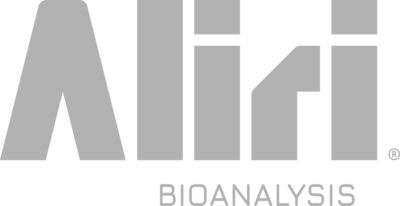Enabling Clinical Adoption of Omics: Fit-for-Purpose Validation and a Spatial Biomarker Case Study
Over the past two decades, omics technologies have steadily expanded from discovery research into translational and clinical development, offering unprecedented insights into biology, disease mechanisms, and therapeutic response. Advances in genomics, transcriptomics, proteomics, metabolomics, and, more recently, spatial and multi-omics platforms have created powerful opportunities to identify predictive biomarkers, refine patient stratification, and accelerate drug development. The added value of omics lies in their ability to capture complex, system-level biology that traditional single-analyte assays cannot address, thereby bridging the gap between exploratory research and precision medicine.
Yet this rapid progress has also highlighted a critical challenge: how to validate omics data in a way that is scientifically rigorous but also practical. Current analytical validation paradigms were largely developed for conventional assays such as ELISA or qPCR, which measure one or a handful of targets at a time. Applying the same frameworks directly to high-dimensional omics assays often results in processes that are overly burdensome, expensive, and poorly aligned with the dynamic nature of omics platforms.
Moving forward, the field needs more efficient and adaptive validation processes, aligned with the specific purpose of each omics application. This involves applying full rigor when data will inform regulatory submissions or clinical decisions, while using streamlined, fit-for-purpose approaches for exploratory research and mechanistic studies.
In this presentation, Aliri R&D Director and Spatial-Omics Expert, Corinne Ramos, Ph.D., illustrates these challenges and opportunities through a spatial multi-omics use case, where paired patient biopsies were profiled with spatial transcriptomics and proteomics to uncover mechanistic insights, identify predictive biomarkers, and generate regulatory-ready evidence for clinical development.
Download the presentation to learn more.

